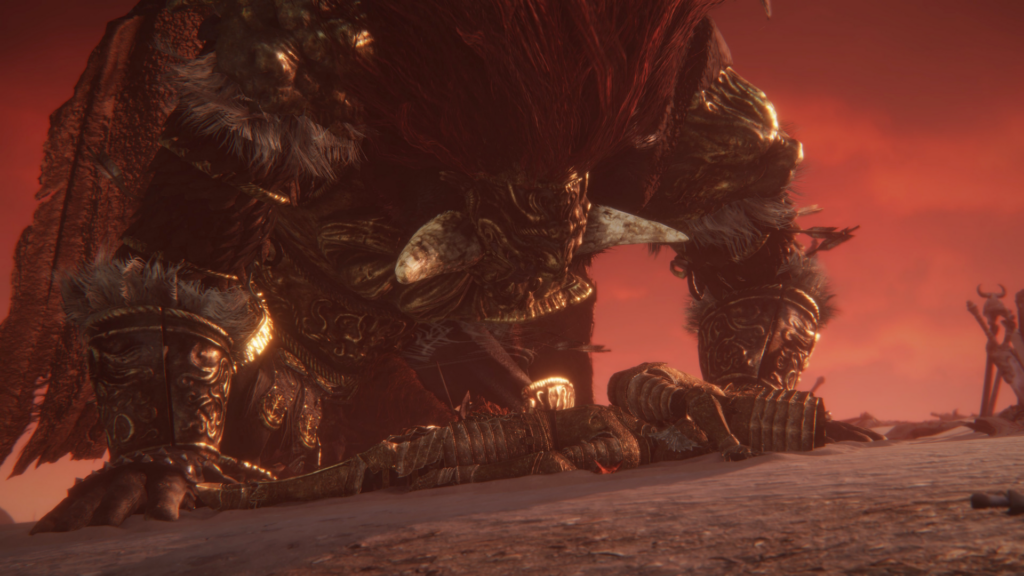If you’re old enough to have experienced the generation of the PlayStation 1 and Nintendo 64, then you know the pain that poor gaming performance imparts. These systems were the first home consoles to chase full 3D in a mainstream manner, and as forward-thinking as this idea was, the hardware was often not up to par. Many of the most famous games like Goldeneye 007 hit frame rates in the teens, making them horrific to return to.
As the generations marched on, gaming platforms became many thousands of times faster. Yet, despite this added power, an enormous number of titles still wouldn’t strive for the all-important and smooth-feeling 60 frames-per-second mark. Many would and do still deliver poor FPS and frame pacing, and the problem doesn’t seem to be going away. Why is this, where it is avoided, and why is the future still looking grim?
Blaming the Players
The primary stated reason game developers and publishers give when questioned about per performance is that it’s because of player demands. According to them, the players demand the best graphics and the most complex physics, so AAA developers have no choice but to follow market demands. This is great at absolving one side of blame, but it’s also demonstrably false.
The best-selling game of all time is Minecraft, according to Visual Capitalist. After this are GTA 5, Tetris, and Wii Sports. While you might be able to claim GTA 5 was a good-looking game at launch, this was never why it succeeded. Of these titles, Minecraft, Tetris, and Wii Sports could be argued to succeed despite their looks, not because of them.
A Performant Middle-Ground
Throughout the last few generations, the AAA titles that have reliably offered the best performance tend to be eSports games. These are competitive titles that are built for as many devices as possible, to maximize player base and ensure smooth gameplay. Games like Dota 2 and Counter-Strike 2 have humble requirements, because they try to succeed through gameplay and not flash.
The same is try outside of the world of video games, in the landscape of online casino titles. The Cash Volt slot game from Red Tiger, for example, is made to run on everything from powerful PCs to humble smartphones, so it always performs well. Given the huge amounts of power that even older smartphones command, this game still looks great on slower systems, mirroring what eSports games target in video games.
Blurry Horizons

The current generation of consoles with the PS5 and Xbox Series X are hugely powerful, but that doesn’t mean games still perform well. Titles still launch and run terribly, and image reconstruction techniques like FSR as explained at Corsair cause more problems, blurring images that they were developed to sharpen.
In reality, game developers and publishers have engaged in a graphical arms race that balloons development costs, and they need someone to blame. Instead of taking a step back and asking what’s best for players, they’re often too happy to engage with a release now and patch later attitude. As a result, games increasingly launch in terrible conditions, after which the players are scolded for ostensibly getting what they wanted.
The sad truth is that, as long as players continue to preorder and reward this bad behavior, it’s only going to get worse. Modern titles like Dragon’s Dogma 2 and the new Elden Ring DLC show significant and unacceptable performance issues, yet they’ve sold so many copies that publishers have no financial reason to care. It’s a sad state of affairs, but it’s also just another great reason to never buy on release and to always wait for reviews.

